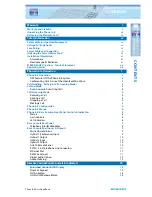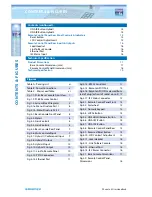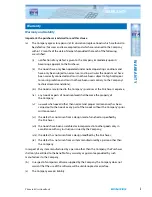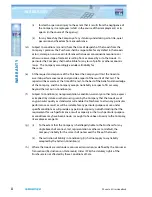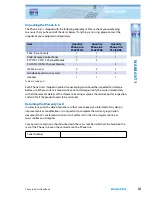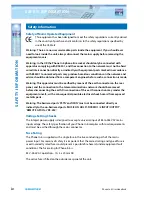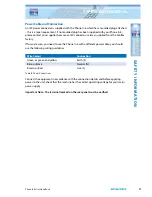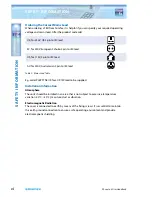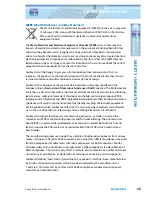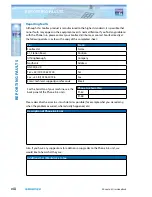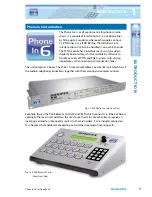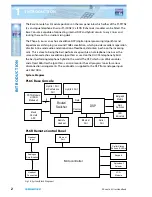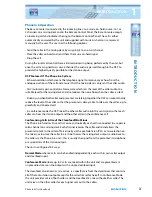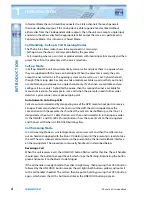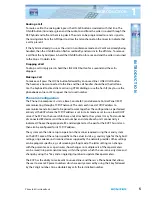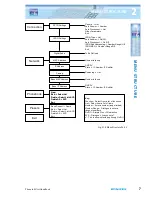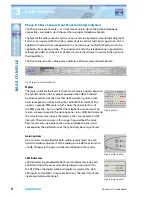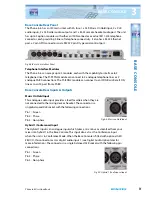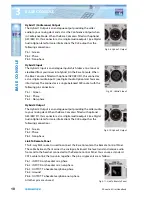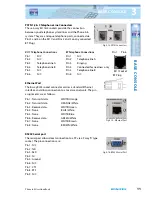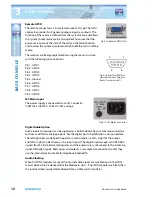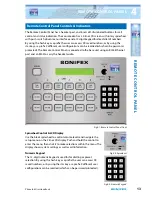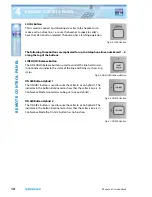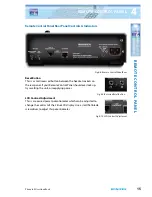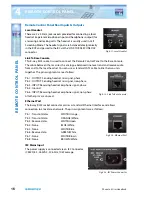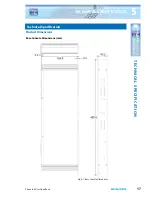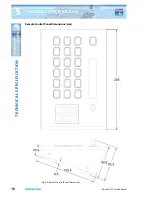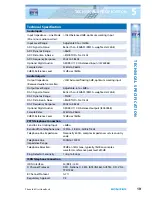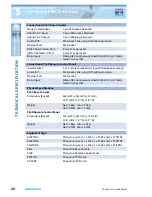
Phone In 6 User Handbook
5
1
INTRODUCTION
INTR
ODUC
TION
Routing a Call
To route a call to the mixing desk, press the ON-AIR button associated with that line. The
ON-AIR button illuminates green and the audio to and from the caller is routed through the
DSP hybrid and to/from the mixing desk. The unit can be programmed to send a signal to
the mixing desk from the GPIO port to allow the telco channel on the mixer to indicate that
a call is present.
If the hybrid is already in use, or the unit is in conference mode and 2 calls are already being
handled, then the ON-AIR button flashes red briefly and returns to the off state. To remove
a call from the hybrid press & hold the ON-AIR button for a second and the caller is returned
to the Music On Hold state
Dropping a Call
To drop a call, simply press & hold the LINE HOLD button for a second and the call is
dropped.
Making a Call
To make a call press the LOCAL button followed by an unused line’s LINE HOLD button.
The headset is now connected to the line and the call handler should hear the dial tone.
Use the keyboard to direct dial a call using DTMF dialling or use the hash (#) key to use the
phonebook entries or ## to repeat the last used number.
Phone In 6 Configuration
The Phone In 6 comprises 2 units, a Base Console (BC) and a Remote Control Panel (RCP)
communicating through a TCP/IP network. The units each need a TCP/IP address to
communicate and also need to be paired to work together. The configuration is performed
entirely at the RCP where the TCP/IP address is set in static mode or set to use a local DHCP
server. The RCP can then search for base units attached to the system. It may find a number
of connected BC devices and the serial number and state of each unit’s connectivity is
indicated. Choose the appropriate BC and designate it as the pair for the RCP. This unit can
then also be configured for its TCP/IP address.
The system can then be set up to operate in the manner required using the menu system
on the RCP. Some of the setup is specific to the actual install, e.g. country type for the hybrid
settings, ring cadences & disconnect tones supplied by the network provider. Other settings
can be program specific, e.g. call screening/self-op mode. The latter settings can change
with the presenter, or as a particular show changes, so multiple sets of these parameters
can be saved into permanent memory within the system which the user can easily store and
change by using the * key and a single digit number to update those parameters.
The RCP has the ability to make calls to unused lines and there is a Phonebook that allows
the user to create 99 preset numbers which are easily accessed by using the # key followed
by the 2 digit number. Also a double # key calls the last dialled number.

